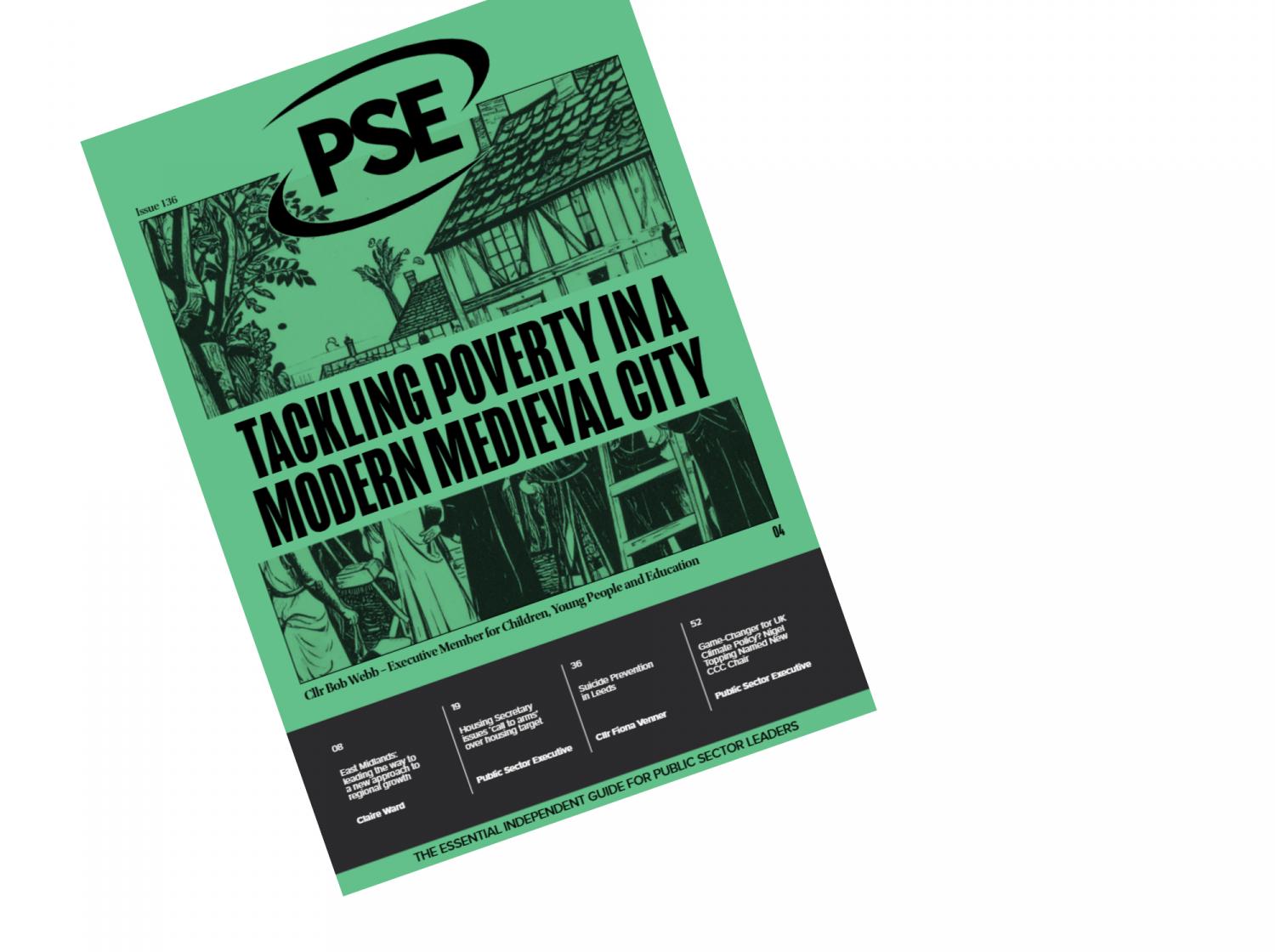The world’s biggest tidal power scheme has been opened up to public consultation, with the potential to provide clean, predictable energy for more than a century.
People and organisations in the Liverpool City Region can now have their say on the proposals for the Mersey Tidal Power Projects, which could deliver thousands of jobs and power hundreds of thousands of homes for 120 years thanks to a tidal barrier across the Mersey.

Mayor of Liverpool City Region Steve Rotheram said:
“The River Mersey has been the lifeblood of our region’s fortunes for centuries, and today marks another important milestone in its future. With the launch of our first public consultation and the start of the formal planning process, Mersey Tidal Power is moving closer to reality than at any stage in our history.
“This project has the potential to power hundreds of thousands of homes with renewable energy for 120 years while creating thousands of green jobs. It’s a once-in-a-generation opportunity to cement our position as Britain’s Renewable Energy Coast and help lead the global charge to net zero. This is about much more than just an energy generation scheme—it’s a chance to build a lasting legacy for our people and our planet.
“The Mersey Tidal Project is one of the most challenging schemes to deliver due to the environmental, ecological and economic considerations, but it’s potential to generate clean, green and predictable energy would be worth all the effort we are putting into this planning stage."
The scheme would be a first of its kind in the United Kingdom, and would not only deliver major benefits for energy generation, but also offers the opportunity to provide the first ever cycling and walking route over the river between Liverpool and the Wirral and could help to protect from potential flooding that might come as a result of climate change.
Coming as part of a multi-billion-pound project, a report in March did outline that money could be saved by going down the barrage route, instead of a man-made lagoon, as it would require less materials.
Image credit: iStock and Liverpool City Region Combined Authority



















